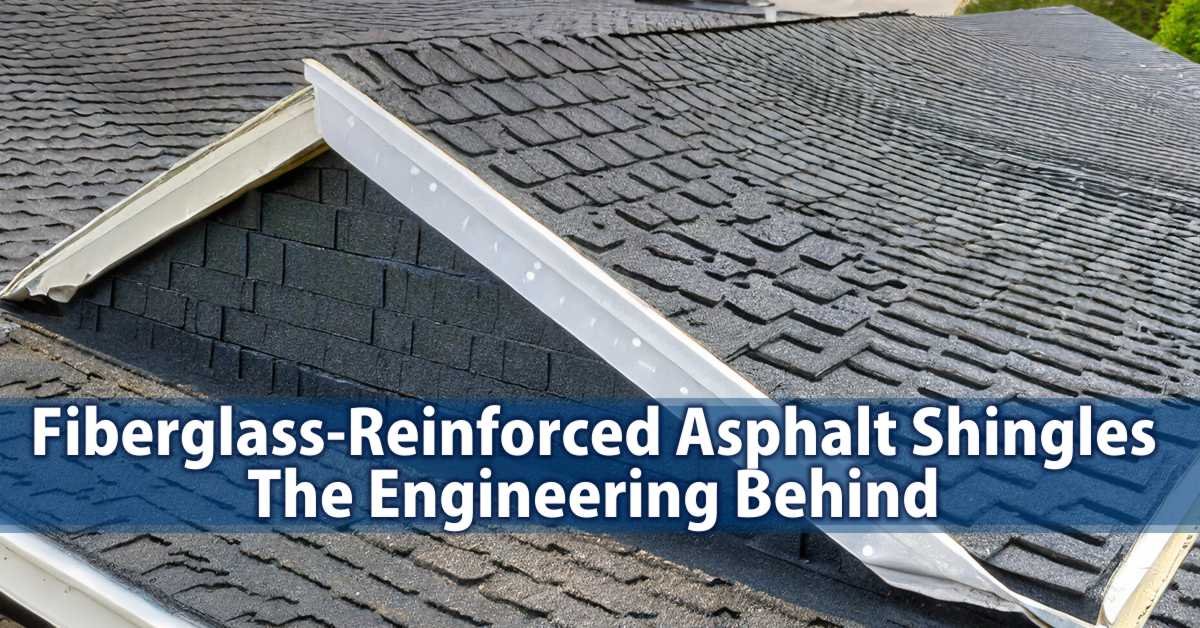Asphalt shingles have been the roofing material of choice for North American homes for decades thanks to their affordability, durability, and performance. The development of fiberglass-reinforced asphalt shingles revolutionized the industry by creating a lighter, stronger, and longer-lasting shingle product. In this article, I’ll explain the composition, manufacturing process, testing standards, installation best practices, and recent innovations related to fiberglass-reinforced asphalt shingles using my 25+ years of experience in pavement engineering and construction. Whether you’re a homeowner, roofer, or simply interested in building materials, read on to learn what makes these shingles an exceptional roofing solution.
Asphalt Shingle Varieties Available
While a ubiquitous roofing solution, not all asphalt shingles offer equal performance over decades of exposure to extreme weather. Several classes of shingles exist using upgraded materials that improve on traditional products.
3-Tab Asphalt Shingles
The budget option for cost-conscious homeowners and builders features rectangular tabs and cut-outs creating a signature three-tab look. Multiple layers of asphalt-saturated roofing felt fused to the shingle base provide basic durability and definition.
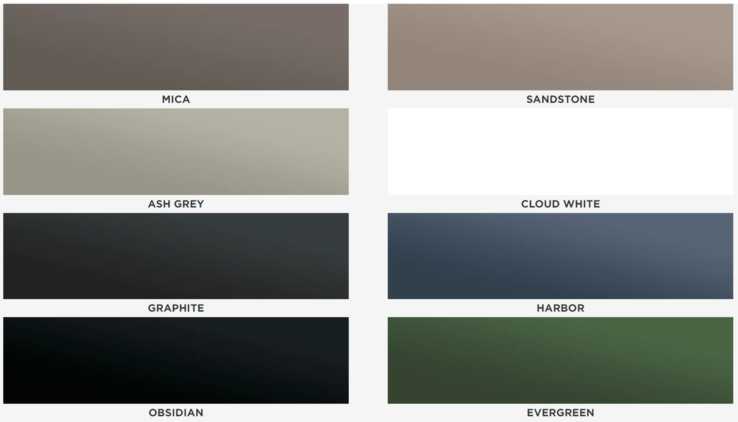
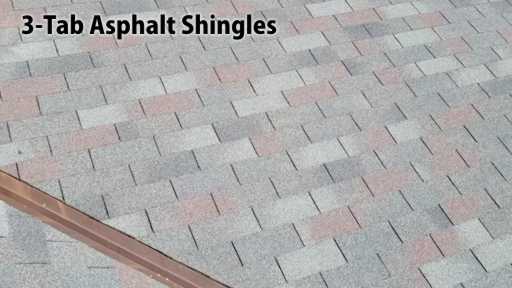
Architectural Asphalt Shingles
Exceeding 3-tab quality and thickness, architectural shingles incorporate innovative construction with two laminated layers providing dimensional texture and depth. Granule mixes with solar reflectivity boost aesthetics and enhance weather resistance. 30-40 year material warranties give peace of mind.
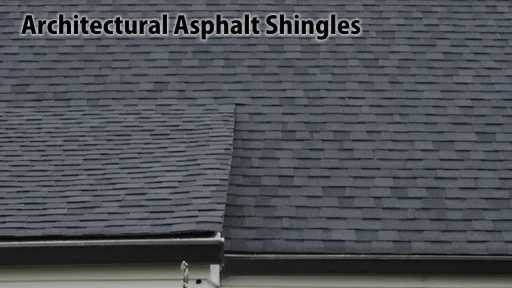
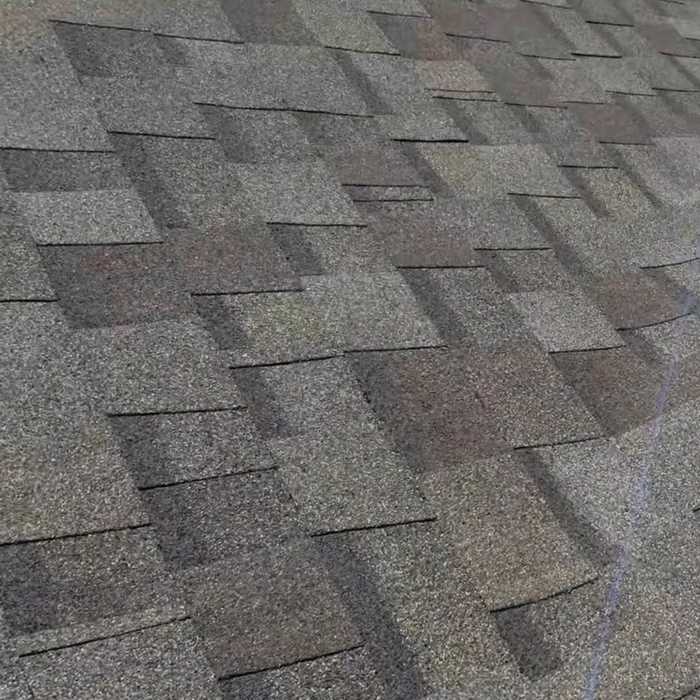
Premium/Luxury Tier Asphalt Shingles
Top manufacturer product lines leverage proprietary polymers, reinforced back coatings, and thicker gauge mats to deliver strong impact resistance ratings. High-traction surfaces prevent wind uplift even on steep slope installations. Stain guard granule coatings maintain vibrancy for decades after cheaper shingles fade. Lifetime material coverage gives ultimate peace of mind justifying the significant upfront investment required.
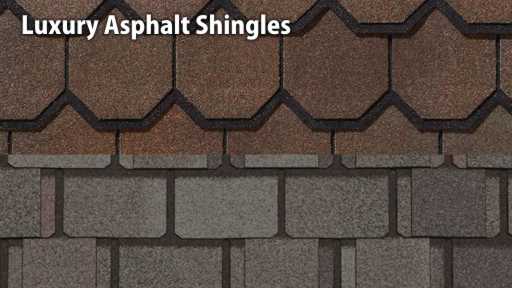
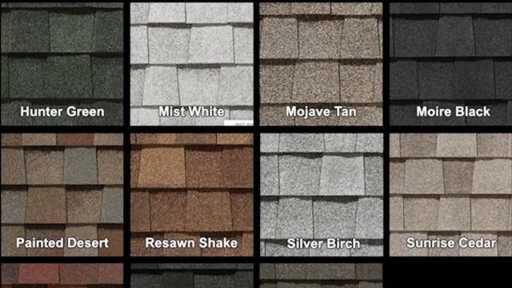
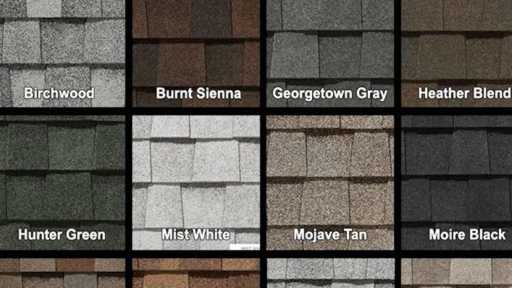
How Do Asphalt Shingles Compare to Other Roofing Products?
As a licensed civil engineer and construction manager with over 25 years of expertise in roofing materials and installations, asphalt shingle systems deliver homeowners the ultimate combination of reliability, affordability, and broad architectural style options for protecting your most valuable asset – your home. Real-world performance against factors like extreme temperature shifts, precipitation, ultraviolet radiation, and foot traffic use separates quality roofing materials from short-lived options:
Wood Shake/Shingles
Classic appearance but high maintenance needs, flammability issues, and short 15-20 year lifespan rule them out.
Metal Roofing
Longevity exceeds asphalt but overcomes tactility, acoustic, and pricing drawbacks through specialty coatings.
Slate or Tile Roofing
Beauty and character at a costly premium, vulnerable to wind/hail damage and difficult DIY repairs.
Key Takeaways on Composition Options
- Polymer-modified outperform traditional asphalt
- Fiberglass mats surpass paper organics
- Dimensional styles mimic wood/slate visuals
What Are Fiberglass-Reinforced Asphalt Shingles?
Fiberglass-reinforced asphalt shingles consist of a fiberglass mat base layered with waterproof asphalt coatings and ceramic granule surfacing. The fiberglass mat provides tensile strength and dimensional stability, while the asphalt coatings and minerals serve as a resilient, fire-resistant weather barrier. These material components combine to create a durable, reliable shingle product.
High-Tech Manufacturing Process Behind Fiberglass Asphalt Shingles
As a licensed civil engineer with over 25+ years of experience in pavement materials and construction, I’m fascinated by both commonplace and innovative building products that incorporate asphalt. One example that excels in balancing quality, affordability, and performance is the ubiquitous fiberglass-reinforced asphalt shingle – the roofing of choice for millions of North American homes. I will explain the engineering behind the remarkably efficient and automated manufacturing processes that enable these shingles to be produced in vast quantities with impressive durability.
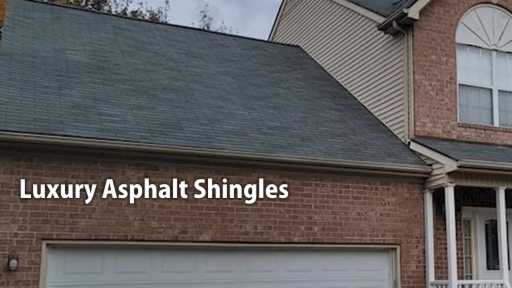
Whether you’re a homeowner, roofer, or simply interested in how modern building materials are made, keep reading for an inside look at the high-volume manufacturing innovations that have made fiberglass asphalt shingles an accessible and reliable roofing staple!
Shingle Composition – The Layered Design
Before diving into production methods, let’s overview what gives fiberglass asphalt shingles their functional attributes:
- Fiberglass Mat – Provides dimensional stability and mechanical strength
- Asphalt Coating – Waterproofs and binds shingle layers together
- Mineral Surface – Adds texture, fire resistance, and UV protection
- Back dust – Underside filler prevents asphalt from sticking
It’s the optimal combining of these layers in a continuous process that enables efficient shingle fabrication.
Automated Manufacturing Processes
Modern plants use automated sequences to mass-produce fiberglass asphalt shingles.
Fiberglass Mat Formation
- Computer-controlled filament winding forms consistent mats of defined weight/density as substrate
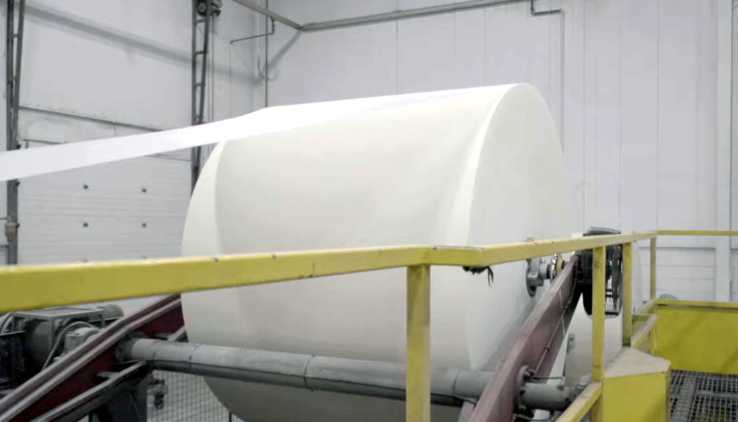
Asphalt Coating
- Heated modified asphalt was uniformly applied on each side by spray for full saturation
- Excess drainage and precise thickness control prevent defects
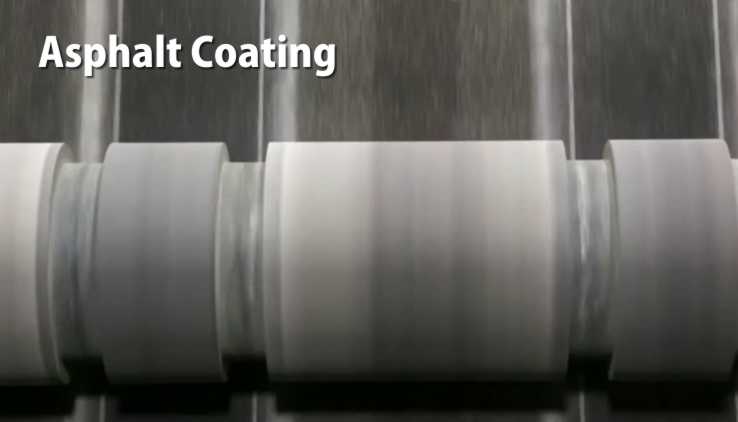
Mineral Granule Embedment
- Colored ceramic granules immediately pressed into hot asphalt for adhesion
- Granule blend creates texture and protects asphalt from UV aging
Back dust Application
- Powdered limestone filler applied to the backside prevents asphalt from sticking in bundles
- Provides stability and deadens sound
Cutting and Packaging
- After cooling, shingles are precision cut by blades into individual tabs
- Shingles are stacked and packaged with care to prevent damage
Synchronizing these steps enables rapid, continuous production. Daily outputs of over 2 million shingles are common for a facility.
Quality Control Testing
To ensure optimal performance, manufacturers perform rigorous QC checks:
- Granule embedment and loss evaluation
- Sample tear strength testing
- Simulated wind/weather exposure testing
- Flammability and burning brand tests
- Sample weight and mat density measurements
- Volatility and stiffness monitoring
This comprehensive testing validates durability, safety, and consistency across production runs.
The Result – Reliable Roofing
The fully automated manufacturing processes yield finished shingles with the combination of reliability and affordability that has made them a go-to roofing material:
- Tight property control prevents defects
- Efficient high-volume output reduces costs
- Precision materials dosing optimizes weather resistance
- Continuous monitoring safeguards longevity
Industry Testing Standards
Fiberglass asphalt shingles must meet a series of ASTM testing standards governing performance:
- ASTM D3462: Asphalt Shingle Tear Strength – Measures nail pull-through resistance
- ASTM D1970/D1970M: Static Water Infiltration – Tests resistance to water intrusion
- ASTM D3018/D3018M: Class A Fire Rating – Confirms effective fire protection
- ASTM D3161/D3161M: Wind Tunnel Testing – Validates wind uplift performance
- ASTM D7158: Tear Strength of Roofing Fabrics – Quantifies reinforcement matrix durability
Compliance with these standards ensures optimal weather protection and longevity.
Proper Installation Best Practices
To maximize fiberglass asphalt shingle roof performance, proper installation is crucial:
- Use Experienced Installers – Select qualified roofers who follow manufacturer instructions.
- Inspect Decking – Confirm the deck surface is smooth, dry, and structurally sound.
- Install Underlayments – Use waterproofing underlayments like felt over the entire deck.
- Follow Nailing Patterns – Nail shingle courses correctly for adequate wind resistance.
- Maintain Neat Courses – Keep shingle courses straight, even, and uniform.
- Wind and Storm Preparation – Take steps like using sealant strips to prevent wind damage.
- Ensure Proper Attic Ventilation – Adequate ventilation prevents moisture buildup from below.
Taking the time to install fiberglass asphalt shingles correctly ensures they will protect your roof reliably for decades.
Recent Innovations
Manufacturers continue enhancing fiberglass asphalt shingles with new innovations:
- Algae-Resistant Shingles – Special mineral treatments help prevent unsightly algae growth.
- Impact-Resistant Shingles – Specially engineered reinforcements prevent hail strikes from damaging shingles.
- Cool Roof Shingles – IR-reflective mineral coatings reduce solar heat absorption.
- Ultra-Lightweight Shingles – Advanced fiberglass materials create lighter shingles for easier handling.
- Enhanced Adhesives – Improved sealant strips better resist wind uplift forces under extreme weather conditions.
Important Points to Consider While Choosing Asphalt Shingles
How can I choose the right asphalt shingle color?
The wide variety of shingle colors and blending shades available makes settling on the perfect hue for your home exterior tricky. Consider all material finishes against your siding, brickwork, and home style for balance. I suggest researching recent color trends as cooler tones like grays/blues overtake classic black or browns. Always request full product samples from local suppliers as well.
Is it wise to ‘cheap out’ on cheaper 3-tab shingles to save money upfront?
While 3-tabs carry lower nameplate costs than premium architectural or dimensional styles, expect to replace them twice as often. Factoring in labor rates for additional tear-offs and shortened long-term savings 3-tabs were supposed to deliver. Spending more now on quality means greater cost efficiency over the full lifespan.
What thickness range of shingle gauge (in millimeters or inches) is acceptable?
The American Society for Testing and Materials sets acceptable new shingle gauge standards at a minimum 1.5mm – 3.5mm for the critical top mat section containing protective asphalt and granule elements. Thicker shingle base layers around 5mm-9mm must also meet structural stability benchmarks, preventing product failures.
Do I also need to ventilate my roof when installing new asphalt shingles?
Proper attic/roof deck ventilation improves shingle longevity by preventing excessive heat buildup below causing cracking or curling issues. Strategically placed ridge vents, soffit intakes, and gable vents maintain air circulation. Determine the required vent area for your zone’s climate using my detailed calculations:
How long does it take asphalt shingle adhesive seal strips to activate bonding?
Most manufacturer adhesives that seal tabs/cutouts require direct exposure to sunlight for several warm days following installation to fully set. Avoid foot traffic over fresh shingles as compression disruption impairs sealed edges. Give 5-7 days buffer for strip adhesives to harden before allowing anything but required maintenance personnel onto new roof areas.
Can asphalt shingles be installed in winter or cold weather conditions?
Providers in snow-prone regions have techniques for installing asphalt roofs during winter including layering heat blankets/barriers securing nails/anchors until calmer seasons allow completing aesthetic ridge caps and detailing when temperatures ease above 45°F into spring. Schedule remote contingency days for colder stretches.
What slope degree minimum should I have for asphalt shingles? Can flat roof installs work?
To ensure proper water runoff flow without standing moisture infiltration risks or aesthetic concerns, asphalt shingles require a minimum 2/12 slope ratio footing equivalent to a ~10-degree incline angle. Custom contouring and drainage provisions can overcome limitations making flat roof asphalt solutions achievable by experienced pros.
Do all asphalt shingle roofs look the same?
Advancements in shingle mold styling, quartz/ceramic granule blends, and color layering processes yield incredible variation from classic flat profiles to dramatic dimensional designs full of rich texture. Even entry-level 3-tabs now outpace the mundane repetition of decades past. Browse image galleries showing the striking transformations possible before deciding asphalt means boring!
Does insulation or radiant barrier underlayment affect my shingle selection?
Upgraded radiant heat reflective foil barriers or thermal insulation sheets rated above R-6 help attenuate temperature swings protecting the integrity of embedded materials. Ensure products won’t interact with the chemical composition of premium shingles by verifying manufacturer guidance or risk shortening durability.
How long should quality asphalt shingles last in my area’s climate?
Properly installed architectural or dimensional asphalt shingles can reliably deliver 30-50 years of service life across most US regions. Improve ROI by selecting upgraded impact-resistant materials in hail/storm-prone zones. Further maximize lifespan by committing to seasonal maintenance checks clearing debris, and checking flashings and sealants regularly.
What special tools, equipment, or training is needed to install asphalt shingles safely?
Shingle installation remains approachable for savvy DIYers able to follow instructions closely. But specialized pneumatic nailers, scaffolding/ladders, safety harnesses, and steep roof cutters simplify tasks for pros making their expertise worthwhile. They also hold roofing certifications and maintain commercial liability/workers’ insurance required by building codes protecting homeowners.
Should I worry about mold/fungus growth on my asphalt shingles?
Modern algae-inhibiting granule technology prevents most black streaking concerns associated with early asphalt roofs. Further, safeguards against potential discoloration or degradation in humid climates with zinc or copper ridge caps that disrupt spore accumulation. Stay vigilant for excessive moisture readings after storms too.
Can heavy snow damage piled-up asphalt shingles?
Most winter precipitation slides off sloped asphalt roofs without issue. However, Northeast region extremes drift towering multi-foot accumulations needing removal. Utilize approved rakes/scrapers to gently clear excess piled snow over halfway up sloped peaks preventing structural damage before it melts.
What is bond strength rating and why is it important?
Lab tests measuring adhesive tack/pull resistance between laminated shingle layers, critical underlying foundation adherence, and sealed cutout/tabs area integrity generate bond strength scores. Compare ratings during selection as higher psi/pa values support improved resilience against wind uplift or intense storms over time.
How do I know if a roofer is truly qualified professionally?
Insist contractors provide license and insurance paperwork upfront for scrutiny. Have them outline detailed project plans and material solutions for your review before hiring. Strong communicators willing to answer questions are preferable to vague assurances of competency. Verify references and seek third-party credentials like GAF Master Elite certification.
Should I worry about oil canning waviness in new steel shingle roofs?
Light gauge steel is prone to subtle rippling distortions from fabrication and installation stresses. However, quality providers pre-condition panels to relieve internal torque and strategically align overlapping to minimize potential oil-canning waves. Further finish warranty may allow touch-up refinishing if bothersome dips emerge over time.
Why might wood shakes seem attractive over asphalt shingles?
The organic appeal of rugged staggered wood evokes heritage but carries functional drawbacks. Flammability, mold/rot vulnerability, and moisture retention issues demand ongoing maintenance unlikely with owners today. Higher quality real cedar or redwood costs 4X relative to composite substitutes also requiring replacement every 10-15 years.
What underlayment provides the best leak protection redundancy with asphalt shingles?
Self-adhering ice/water shield membrane offers exceptional waterproofing security at vulnerable eave drip edges, valleys, and protrusions on any roofing installation. High traction surface also gives a strong bond against nail pulling/tearing and withstands foot traffic scrapes. Use the Peel & Stick variant to simplify the application.
Should I consider cool roof-type shingles to reduce air conditioning bills?
Specialized granules reflect solar energy rather than absorbing lower attic temperatures up to 50 degrees. This reduces HVAC cooling demand and equipment wear14-26% per studies. Enjoy lower electricity costs depending on regional climate conditions making upgrades justifiable long term.
How much overage should I order on shingles quantity?
A 10% surplus buffer allows flexibility in completing installations to accommodate irregular overlaps, custom trim forms, and householder piecemeal repairs down the road. Leftover materials are easily stored in sheds to prevent a scramble searching for specialty match components after supplier model phaseouts.
What questions should I ask contractor references before making hiring decisions?
Probe their communication responsiveness, job site punctuality, change order flexibility, cleanup thoroughness, and transparency addressing problems discovered during projects. Confirm their workers conduct themselves professionally without foul language or harassment issues around family members that trigger anxieties.
Should I consider using recycled roof shingles to be more environmentally responsible?
Tear-off waste crumbled into substrate mixes falls short of true shingle reuse without binders reactivated but reincorporation does divert demolition byproducts from landfills. However, recycled content limits usually only make up 35% of the total new shingle volume to retain performance. So benefits remain marginal currently.
Can metal flashing cause problems paired with asphalt shingles?
Exposed metal drip edges must utilize corrosion-resistant finishes that won’t interact with chemical asphalt sealants leaching over time. Otherwise oxidizing reductions or electrolysis reactions cause premature failures at critical water runoff points. Strictly use compatible lines to prevent unnecessary headaches.
Why choose dimensional style shingles instead of 3-tab?
The layered dimensional depth and texture of architectural shingles create visual curb appeal far surpassing basic 3-tab flatness. Granule blends also resist fade, supply radiant heat reflection, and provide exceptional wind uplift resistance thanks to clever tapered design contours facilitating airflow rather than catching gusts from below like single-layer products.
How do I calculate the necessary intake ventilation area for my shingled roof?
Begin by determining the square footage of the attic space directly below the roof. Local codes mandate a 0.50 ratio of vent area (in square inches) to floor area ratio. With a 1500 sq ft attic, you would need 750 sq inches of net free air intake after calculating for screen blockage which reduces opening area by ~25% needing adjustment when sizing vents.
What training certifications should roofers hold?
Many manufacturers offer specialized installation programs teaching correct techniques for tricky details like valley flashing and rake edges. Graduates become authorized dealers for proprietary warranty support programs backing workmanship. General roofing competence markers to ask about include OSHA fall safety certification and completion of NRCA steep slope installer courses.
Should I worry about wind lifting or peeling my asphalt shingles off?
Quality dimensional and laminated architectural shingles exceed industry hold-down standards for winds approaching 140mph gusts. Proper starter course alignment, cap glue seal bonding, and balanced nail placement prevent uplift issues. In extreme coastal hurricane regions, additional nails/tabs may provide redundancy stopping blow-offs but driving too few and issues emerge rapidly when storms hit.
How long does tearing off old shingles and re-roofing take?
Typical 2000 sqft detached single-story removal and replacement requires 2-3 days with a 3-4 person professional crew. Key variables influencing project length include layers of existing materials, necessary repairs uncovered, accessibility factors, and weather delays. Coordinate temporary power configurations for tools/equipment needed ahead of time to prevent slowdowns once started.
What technology innovations have improved asphalt shingles?
Manufacturing advancements creating dimensional contoured texture aesthetics along with shifts from paper felt backing layers to fiberglass mats boosted durability and longevity over 20-30 year expected lifecycles. Improved granule ceramic coatings also supply solar heat reflectivity and resistance to blue-green algae streaking/staining problems once common over time.
Should I consider solar panel shingles instead of asphalt?
While compelling conceptually, integrated solar cell shingles remain cost-prohibitive for significant roof coverage necessary to justify returns through energy savings currently. However, strategically placing panels along southern exposure roof planes as accents complimenting traditional asphalt shingle data makes sense when zoning codes prevent ground mounts.
What special fastener nails should be used when applying roof shingles?
Ring shank stainless steel nails prove essential for proper installation and anchoring performance over decades of weathering. Standard smooth shank nails corrode and back out from expansion/contraction cycles compromising integrity as they pop loose. Pay the small premium on upgraded nails to prevent unnecessary headaches.
How often should asphalt shingle roofs be inspected?
I recommend homeowners schedule annual preventative springtime inspections after harsh winter and summer seasons have passed. Look for damage from ice dams, wind shear cracks, and lift seams separation, and have the roofer clear excess debris accumulation while checking flashings integrity too. This helps nip problems before they compound into major leaks or failure headaches.
What do special warranties on asphalt shingles cover?
While material coverage extending 25-50 years reassures on paper, read the fine print exclusions around what constitutes defects for claims approval carefully. Most deny coverage for preventable damage from severe weather events, falling debris impacts, or improper installation workmanship errors. Transferability to subsequent homeowners also varies when selling properties.
Why is attic ventilation underneath asphalt shingles important?
Trapped hot air against shingles bakes chemical sealants compromising function over time while promoting deck rot and mold growth without channels relieving heat buildup caused by sunlight striking dark surfaces. Balanced inlet and exhaust venting maintains cooler balanced temperatures extending roof lifespan significantly.
How often should I clean my roof?
While many think periodic power washing helps preserve asphalt shingles, the pressure stream risks damaging materials. Use a leaf blower to displace light debris annually but let most granule shedding occur naturally. Otherwise simply rinsing accumulated dirt risks washing away protective mineral sealants degrading function prematurely.
Are 3-tab shingles still code-approved and offer savings for buyers?
Modern upgraded building standards discourage three-tab shingles limiting service lives to around 15-20 years but allow them still in many jurisdictions, especially for low-risk accessory structures saving upfront cost. However, the frequent tear-off replacement labor outweighs the initial deal on budget-conscious homes.
Can cool roof coatings be applied to existing darker asphalt shingles?
Yes, elastomeric acrylic sealers contain heat-reflective pigments curtailing solar heat absorption by 15-25% helping reduce cooling costs. Ensure roofs over 5 years old are first cleaned, degreased, and primed for proper coating adhesion that could fail quickly without grip on aging shingles. Reapply every 6-8 years restoring reflectivity.
Conclusion
In summary, fiberglass-reinforced asphalt shingles provide an optimal balance of affordability and performance for roofing. Their material composition, advanced manufacturing techniques, and rigorous testing result in exceptional quality. With proper installation, these innovative shingles serve as a long-lasting, durable, and attractive roofing solution for any home or building. Please contact me if you need any engineering guidance on asphalt roofing products or have questions about selecting the ideal shingles for your upcoming roofing project.
